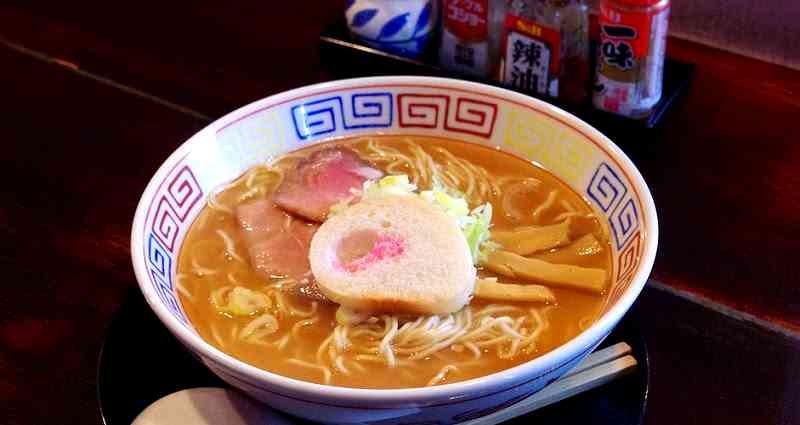Japanese scientists develop groundbreaking technique to make instant noodles taste like fresh-cooked noodles



By Ryan General
September 10, 2021
Japanese food scientists have reportedly developed a new technique that could bring the taste of instant ramen closer to that of freshly cooked noodles’ than ever before.
What’s new: Ajinomoto Foods has come up with ready-to-microwave “frozen ramen bowls” which promise to give customers a more authentic taste experience than current instant noodles, reported the BBC.
- For the new technique, scientist Shinji Sasaki and his colleagues chose to use very dense noodles as opposed to the ones used in instant versions.
- Instant noodles are intentionally porous so they can soak up water upon cooking. However, this property causes the noodles to become swollen and soggy if left in water for too long.
- Sasaki’s team started with a standard ramen dough, which they ran through a series of rollers that pressed the air bubbles out of the dough. The process produced a fine, smooth texture, which makes the structure more difficult for water to penetrate.
- The resulting noodles were significantly denser than normal ramen.
- Using Sasaki’s team’s method, noodles can now be cooked in a factory, prepared with seasonings and toppings, packaged and then frozen.
- A hot bowl of “freshly cooked” noodles can be ready after four minutes in the microwave.
Keeping the soup intact: According to Sasaki, freezing the soup has enabled them to retain the flavor depth of fresh restaurant ramen broth that is mostly lost in instant noodles that use dried seasonings.
- Sasaki explained that there is a “scientific reason” behind the combination of certain ingredients that makes ramen delicious: “When you combine kombu [seaweed] or MSG, which contain glutamate, plus meat, which contains inosinate, and dried shitake mushrooms, which contain guanylate, each part interacts with each other to intensify the flavor. Umami is enhanced by synergistic interactions of glutamate with (the) nucleotides inosinate and guanylate.”
- It is worth noting that it was Ajinomoto that invented MSG, or monosodium glutamate, an ingredient often found in ramen shops in Japan.
Improving on an old favorite: Ajinomoto Foods North America Executive Vice President Taro Komura shared that the company decided to develop the noodles as Americans become more exposed to ramen shops popping up in the U.S.
- According to Komura, adding MSG to their ramen can improve it.
- However, the popular Asian seasoning is still negatively perceived as harmful in the U.S. due to malicious rumors that started circulating in the late ‘60s. In response, the U.S. Food and Drug Administration has recognized the additive to be “generally recognized as safe” (GRAS).
Featured Image via May_hokkaido
Share this Article
Share this Article